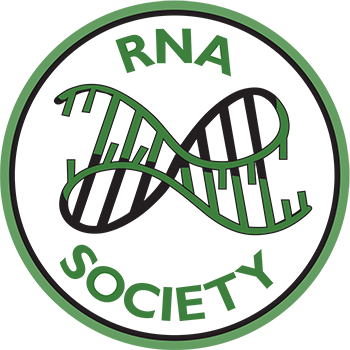Postdoctoral Position in small RNAs in development and cancerJanuary 21th, 2025 The Vidigal lab seeking a postdoctoral researcher interested in dissecting small RNA biology using mouse models. Our lab combines mouse genetics with computational, biochemical, imaging, and genomic approaches to gain a comprehensive understanding of the regulatory functions of small RNA in vivo. Current projects focus on the physiological roles of AGO-mediated RNA cleavage. Although this is a highly conserved process—also known as RNAi—its functions in mammals remain poorly understood. Our lab has made several discoveries in this context which you can read more about below. You can read more about us here: https://ccr.cancer.gov/staff-directory/joana-a-vidigal About the project: You will be working with mouse models and human cells to understand what roles AGO2 catalytic activity plays in mammals or how AGO2 functions are regulated in vivo. We put a high emphasis on mechanisms that are physiologically-relevant and have a potential to impact human health. This research will build on previous work from the lab (Perez, Nat. Comm. 2021; Sala, Nat. Struct. Mol. Bio. 2023; Prajapat, RNA 2024; Prajapat, NAR, 2024). You will work on projects supported by strong preliminary data that can be used to apply for fellowships and strengthen your CV. Once you end your research tenure with us, you will have full support to start the next step of your career including help to establish an independent research program if your goal is to start an independent lab. Location: National Cancer Institute at NIH, Bethesda, USA Ideal Candidate: We are looking for researchers within 1 year of their PhD thesis defense that have experience in molecular biology. Expertise in mouse genetics, RNA biology, cancer, development, or immunology is a plus. How to apply: Please send a motivation letter explaining what aspect of our research you are interested in pursuing and why (1 page max), your CV, and the contact information for three references to [email protected]. International scientists and U.S. citizens are equally eligible. Students and postdocs from underrepresented or underprivileged backgrounds are encouraged to apply. Start date is flexible. This is a fully-funded position. The NIH is dedicated to building a diverse community in its training and employment programs. ----------------------------------------------------------------------------------------------------------------------------- READ MORE ABOUT CURRENT RESEARCH IN THE VIDIGAL LAB:
2. Regulation of embryonic development by AGO catalytic activity. The ability of Argonaute proteins to cleave target nucleic acids is conserved from Archaea to humans. Yet, despite the deep conservation, how it is deployed to regulate mammalian physiology is not fully understood. We are tackling two unanswered questions regarding AGO catalytic functions in mammals which together with the work above, will further expand our view of the impact of AGO-mediated RNA cleavage to mouse physiology: Question 1) What are the functions of AGO2 catalysis during embryogenesis? AGO2’s catalytic activity is known to be required for neonatal viability. Yet, the reasons behind animal lethality are not known. Our preliminary data suggest that animals homozygous for an Ago2 catalytic dead allele die due to endothelial cell dysfunction caused by de-repression of an imprinted domesticated retrotransposon. We are building genetic models to test this hypothesis and to study how loss of cleavage of this transcript contributes to human disease. Question 2) What are the physiological requirements for AGO3’s catalytic domain. AGO catalytic competence depends on the DEDH tetrad present in the PIWI domain of the protein. This tetrad is also present in AGO3, but motifs in its N-terminus are thought to hinder cleavage. Recent work by other labs suggests that in vitro, the N-terminal block can be circumvented yielding a catalytic competent protein. We propose to test if catalytic activation of AGO3 can also occur in vivo, and if so whether it serves important physiological functions. Question 3) How does AGO catalytic activity impact tumorigenesis. We have preliminary data suggesting that AGO catalytic competence may be critical in some tumors. If true, this would be the first instance showing that cleavage by AGO proteins plays a role in human disease. |
